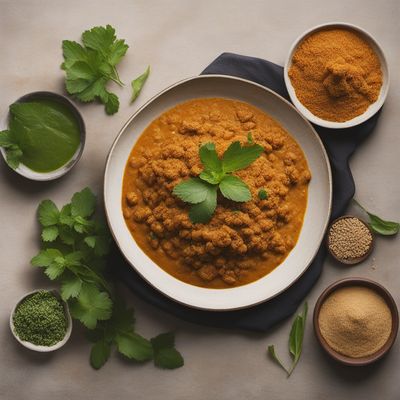
Dish
Panissa (Piedmont)
Panissa is made by cooking rice and beans together in a pot with onions, garlic, and other seasonings. The mixture is then mashed and formed into a loaf, which is sliced and fried until crispy on the outside. The result is a delicious and satisfying dish that is perfect for serving with a side of vegetables or a salad. Panissa is a great option for vegetarians and vegans, as it is a complete protein source when combined with rice.
Origins and history
Panissa has been a staple dish in the Piedmont region of Italy for centuries. It was originally a peasant dish, made with simple ingredients that were readily available. Today, it is a popular dish that is enjoyed by people all over Italy and beyond. The dish is often served as a main course, but it can also be served as a side dish or appetizer.
Dietary considerations
Vegetarian, vegan, gluten-free
Variations
There are many variations of Panissa, depending on the region and the cook. Some recipes call for the addition of sausage or other meats, while others are strictly vegetarian. Some cooks add cheese or other dairy products to the mixture, while others keep it simple and stick to the basic ingredients. Regardless of the recipe, Panissa is always a delicious and satisfying dish.
Presentation and garnishing
Panissa is typically served in slices, with a garnish of fresh herbs or a drizzle of olive oil. To make it look even more appetizing, try adding some colorful vegetables or a sprinkle of paprika on top.
Tips & Tricks
To make Panissa even more flavorful, try adding some chopped herbs or spices to the mixture before cooking. You can also experiment with different types of beans or rice to create your own unique version of this classic dish.
Side-dishes
Panissa is often served with a side of vegetables or a salad. Some popular options include roasted root vegetables, sautéed greens, or a simple tomato salad. The dish can also be served with a side of bread or crackers.
Drink pairings
Panissa pairs well with a variety of wines, including reds like Barbera and Dolcetto, as well as whites like Arneis and Gavi. For a non-alcoholic option, try serving it with a sparkling water or a fruit juice.
Delicious Panissa (Piedmont) recipes
More dishes from this category... Browse all »

Aji nigiri sushi
Japanese cuisine

Akami nigiri sushi
Japanese cuisine

Anago nigiri sushi
Japanese cuisine
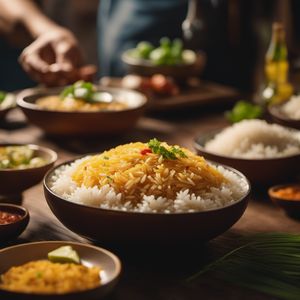
Arroz a la plancha
Spanish cuisine

Arroz a la tumbada
Mexican cuisine

Arroz al forn
Spanish cuisine

Arroz al jerez
Spanish cuisine
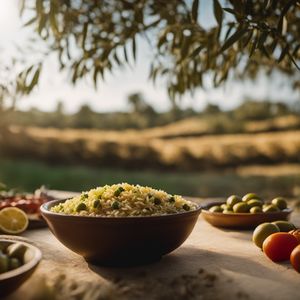
Arroz al olivar
Spanish cuisine
More cuisines from this region... Browse all »

Abruzzese and Molisan cuisine
Savory, Earthy, Rustic, Hearty
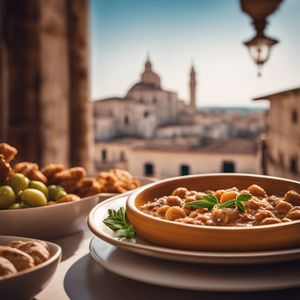
Apulian cuisine
Fresh, Savory, Rustic, Simple
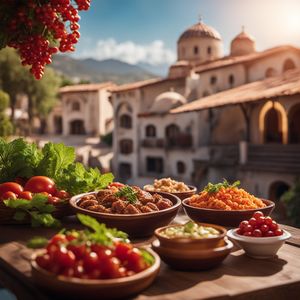
Arbëreshë cuisine
Savory, Tangy, Herbaceous, Spicy

Basilicatan (Lucanian) cuisine
Savory, Earthy, Rustic, Hearty
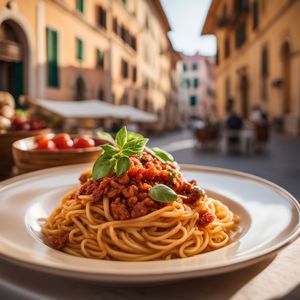
Ligurian cuisine
Light, Delicate, Herbaceous, Salty
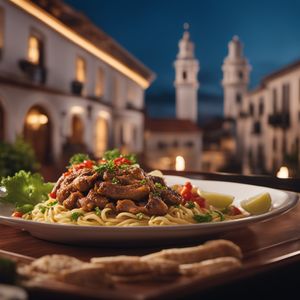
Lombard cuisine
Rich, Savory, Meaty, Cheesy
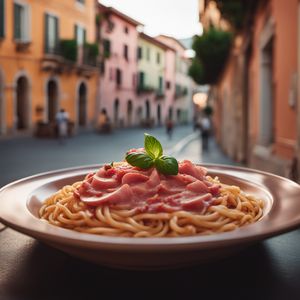
Neapolitan cuisine
Bold, Savory, Spicy, Tangy, Fresh
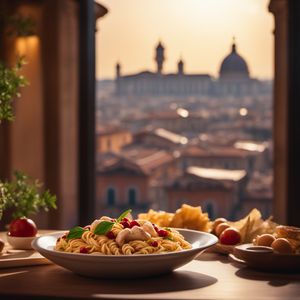
Roman cuisine
Fresh, Light, Herbaceous, Tangy, Savory

